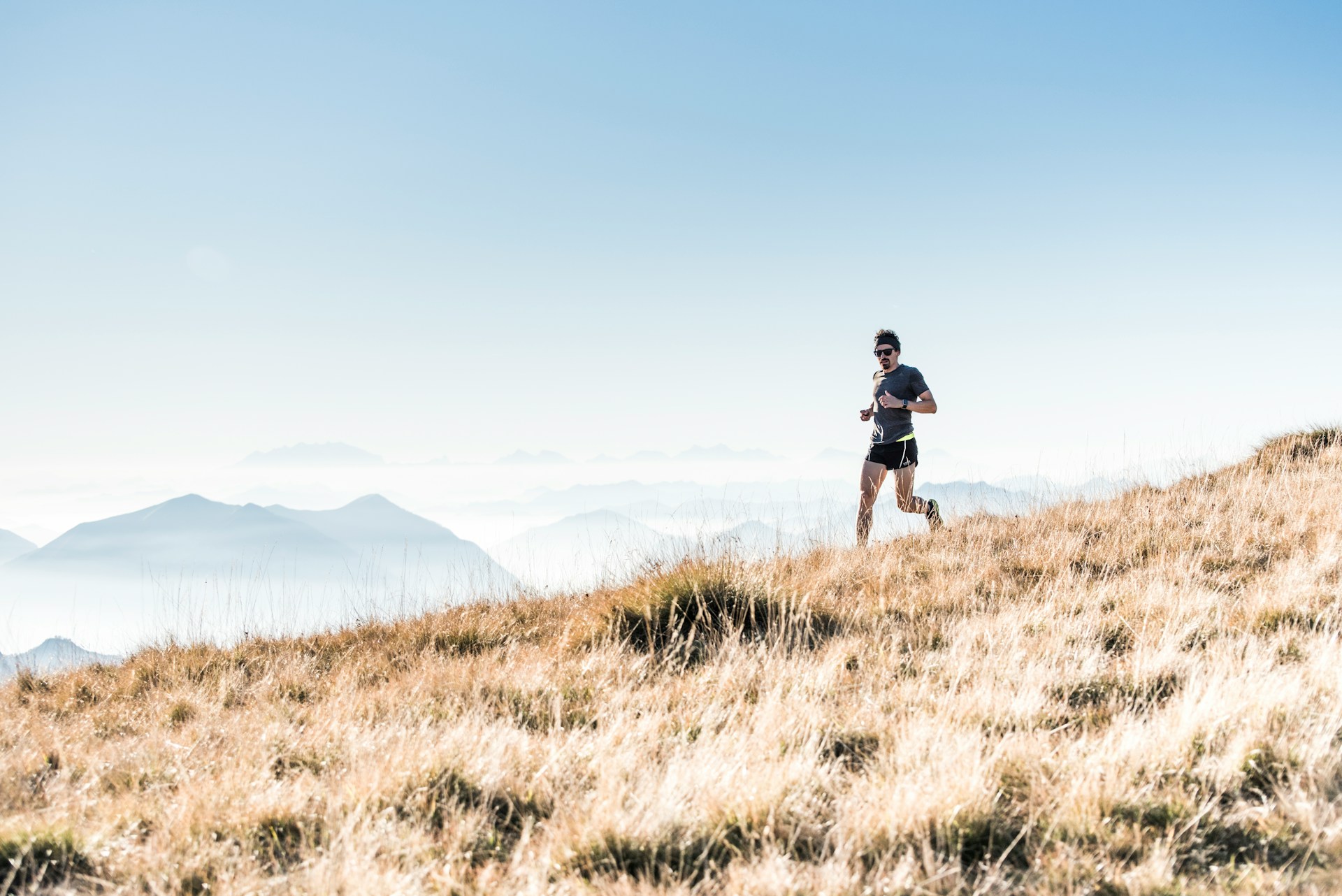Introduction
Running in the heat can be difficult, and you need to take additional care to keep safe and run well. Maintaining energy levels, avoiding heat-related ailments, and having a fun running experience all depend on proper hydration. In this blog article, we’ll talk about the value of staying hydrated and offer some crucial advice for jogging in the heat.
-
The Value of Staying Hydrated
Maintaining body temperature, lubricating joints, and delivering nutrients to cells are all made possible by enough hydration. Your body loses fluids through sweat during running, especially in hot conditions. You need to replace these lost fluids to prevent dehydration. Fatigue, cramping in the muscles, lightheadedness, and more serious heat-related illnesses like heat exhaustion or heat stroke can all result from dehydration.
-
Hydration Before Running
Hydrate thoroughly before going for a run. Aim to take 16–20 ounces of water or an electrolyte beverage around 2-3 hours before running. Drink lots of water throughout the day. This guarantees that your body is prepared for the heat and is properly hydrated.
-
Staying Hydrated While Running
Staying hydrated is crucial for runs longer than thirty minutes. Use a hydration pack, have a water bottle with you, or arrange your itinerary to pass by water fountains. Aim to consume 4-6 ounces of water every 20 minutes in modest amounts. Sports drinks can be used to replace electrolytes lost via perspiration during longer runs.
-
Hydration After a Run
After your run, quickly rehydrate to replenish lost fluids and promote healing. Thirty minutes after your run, sip water or a recovery drink. Refueling glycogen reserves and accelerating muscle recovery can be achieved by consuming drinks that include electrolytes and carbs.
-
Advice for Jogging in the Heat
Select the Appropriate Time: To escape the hottest times of the day, run in the early morning or late evening. If you must run during the day, look for routes that provide shade.
Wear Appropriate Clothes: To assist keep your body cool, wear clothing that is breathable, lightweight, and moisture-wicking. Sunglasses and a cap can shield you from direct sunlight exposure, while light-colored clothing reflects light into space.
Acclimatise to the Heat: Over a few weeks, gradually increase the length and intensity of your runs to increase your exposure to hot conditions. This enhances your body’s capacity to withstand extreme temperatures and aids in its adaptation to the heat.
Take It Slow: Running in the heat can cause physical strain on your body. Aim low and pay attention to your body. To prevent overdoing it, slow down and make more regular breaks available if necessary.
Employ Cooling Techniques: To assist reduce your body temperature, run under the sprinklers, use cooling cloths, or apply water to your skin. Some runners discover that immersing wristbands or a cap in cold water helps relieve their discomfort.
Keep an Eye on your Body: Keep an eye out for symptoms of heat-related disorders, such as fever, nausea, disorientation, and heavy perspiration. If you see any of these signs, stop running right away, find some shade, and drink plenty of water.
Conclusion
It takes careful preparation and attention to hydration to run in the heat. You may still have safe and productive workouts in hot weather by drinking enough water before, during, and after your runs and by paying attention to important heat management measures. To get the most out of your summer runs, don’t forget to listen to your body, change your speed, and employ cooling techniques.

